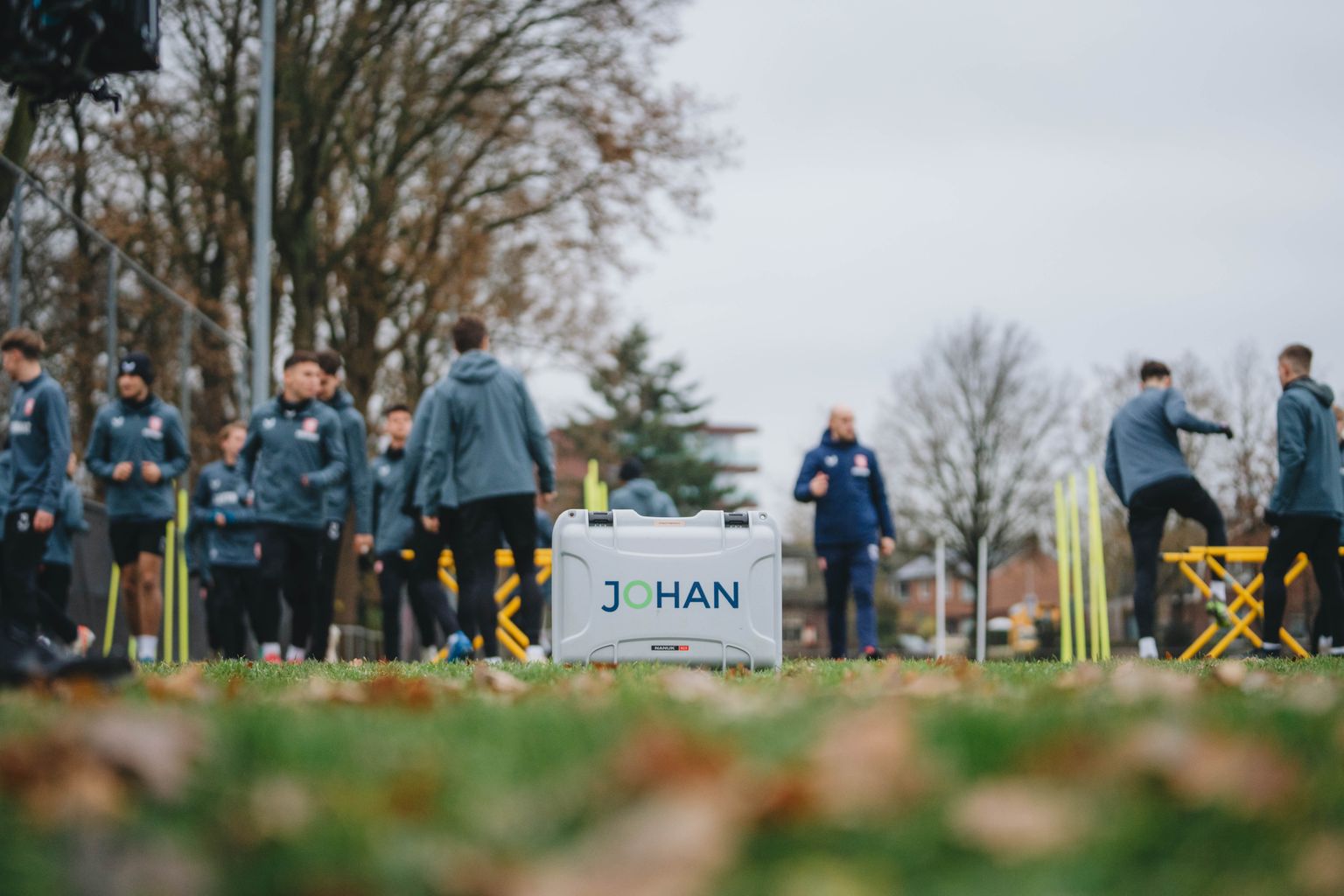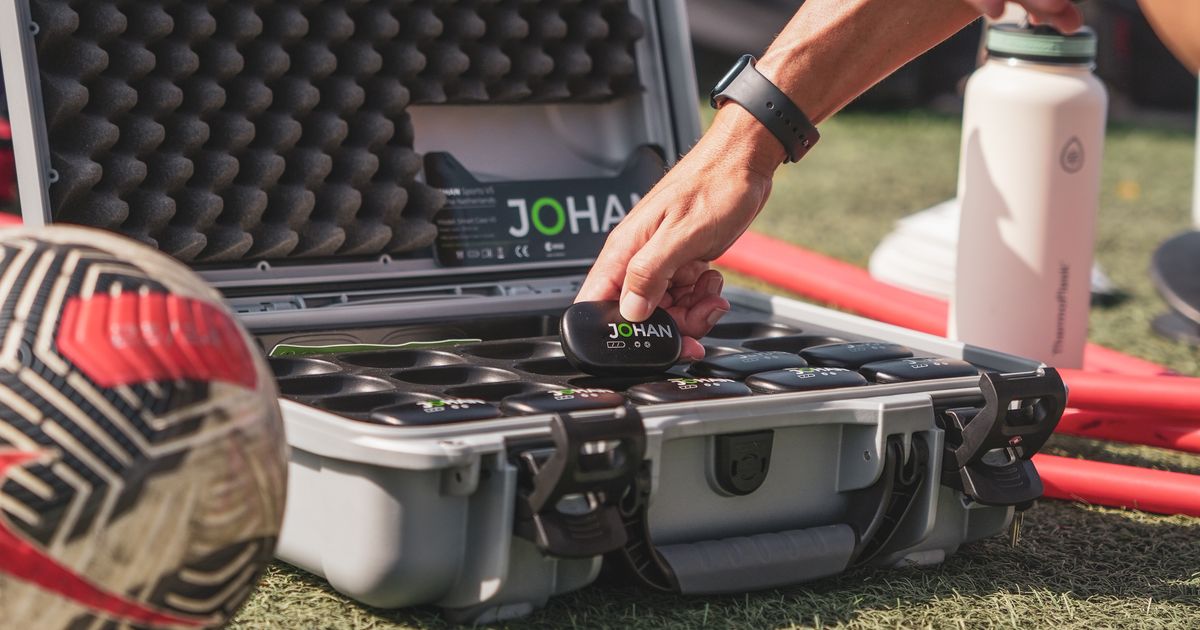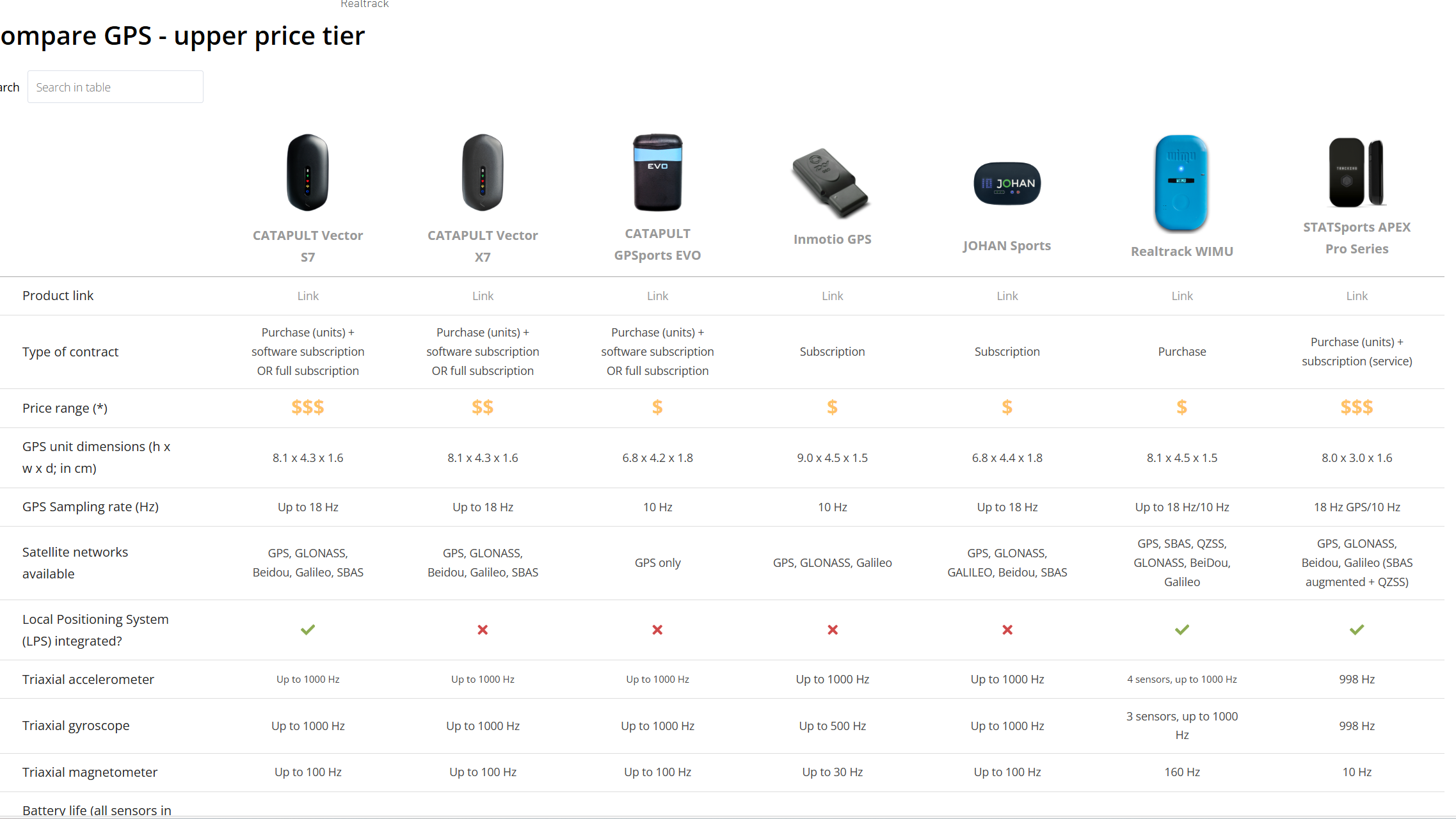Monitoring heart rate is a vital aspect of optimizing performances and recovery of athletes. How do you use heart rate data during the training week?
Often, the decision isn’t based on comparison or research but it’s based on familiarity. Coaches and performance staff tend to go with what others are using. It feels like the safe choice. If a top club uses it, it must be good… right? But that’s not always the case.
The Problem With “Following the Crowd”
Many teams don’t take the time to compare GPS systems side by side. They miss out on options that could be more suitable, especially for their specific context, like youth development, individual athlete monitoring, or limited budgets. There’s a common saying: “What’s popular isn’t always what’s best.” That applies here, too.
What an Independent Comparison Revealed
Recently, the independent website CompareSportsTech.com published a comparison of multiple GPS tracking systems for sports teams. Their findings show that lesser-known brands like Johan Sports perform equally well — or better — on key points like: Combining GPS and heart rate monitoring in one device
Combining GPS and heart rate monitoring in one device
Offering live tracking via both iOS and Android
Being accessible to individual players, not just teams
Providing a player-friendly dashboard
liminating the need for separate chest straps
Offering competitive pricing, especially for mid-level clubs

The Case for Simpler, Smarter Tools
Big names like Catapult and STATSports dominate the market — and they offer powerful tools, especially for elite clubs with big budgets. However, many of these systems:
Rely on separate sensors (e.g. external heart rate bands)
Have steep learning curves for staff
Are difficult to use in youth academies or individual settings
Are priced out of reach for semi-pro or grassroots teams
That’s why a growing number of clubs are turning to simpler GPS trackers for football and hockey that combine usability with performance.
Teams Already Using Alternative Systems
The trend is changing. Over 300 teams across the world have started using systems like Johan Sports, not because it’s the loudest name, but because it meets their needs without overcomplicating things. Teams report benefits such as:
Quicker onboarding for staff
Easier access to player data (GPS + HR + Welness data)
Better engagement from players
Lower injury risk through smarter load management

Smarter Monitoring Starts With the Right Questions
Most GPS systems focus purely on physical output, but that’s only part of the story. At Johan Sports, we also include daily and weekly wellness questionnaires to track things other systems overlook:
Sleep quality
Muscle soreness
Recovery perception
Menstrual cycle tracking (optional)
Injury (optional)
RPE
These questionnaires help coaches and medical staff identify early warning signs of fatigue, illness, or injury even before they show up in the data.
What to Consider When Choosing a GPS Tracker for Your Team
Before choosing your next GPS tracker for sports teams, ask yourself:
Do we really need all the bells and whistles?
Can our staff and players use this system easily?
Is the system scalable for individuals or youth players?
Can we track both GPS and heart rate with minimal equipment?
Most importantly: Have we compared and tested more than one option?
Final Thought: Don’t Let Familiarity Be the Only Reason
Before you invest, take the time to explore alternatives. Independent reviews and comparisons — like those on CompareSportsTech — can help you make a smarter, more tailored decision.


Have a question or want to request a demo? Contact Johan Sports to learn more about our GPS and heart rate system for football, rugby and hockey teams.
